
St. John Bosco
(1815-1888)
John Bosco’s theory of education could well be used in today’s schools. It was a preventive system, rejecting corporal punishment and placing students in surroundings removed from the likelihood of committing sin. He advocated frequent reception of the sacraments of Penance and Holy Communion. He combined catechetical training and fatherly guidance, seeking to unite the spiritual life with one’s work, study and play.
Encouraged during his youth to become a priest so he could work with young boys, John was ordained in 1841. His service to young people started when he met a poor orphan and instructed him in preparation for receiving Holy Communion. He then gathered young apprentices and taught them catechism.
After serving as chaplain in a hospice for working girls, John opened the Oratory of St. Francis de Sales for boys. Several wealthy and powerful patrons contributed money, enabling him to provide two workshops for the boys, shoemaking and tailoring.
By 1856, the institution had grown to 150 boys and had added a printing press for publication of religious and catechetical pamphlets. His interest in vocational education and publishing justify him as patron of young apprentices and Catholic publishers.
John’s preaching fame spread and by 1850 he had trained his own helpers because of difficulties in retaining young priests. In 1854 he and his followers informally banded together under Francis de Sales.
With Pope Pius IX’s encouragement, John gathered 17 men and founded the Salesians in 1859. Their activity concentrated on education and mission work. Later, he organized a group of Salesian Sisters to assist girls.
Don Bosco's dream of the two columns is the picture that I use as my profile picture.
On the whole surface of the sea you see an infinity of ships, all ending in a beak of sharp iron that pierces whatever it hits. Some of these ships have arms, cannons, guns; others have books and incendiary materials. All of them are thronging after a ship that is considerably bigger, trying to ram it, set fire to it, and do it every possible sort of damage. Imagine that in the middle of the sea you also see two very tall columns. On one is the statue of the Blessed Virgin Immaculate, with the inscription underneath: “Help of Christians.” On the other one, which is even bigger and taller, there is a Host of proportionately large size in relation to the column, and under it the words: “Salvation of believers.” From the base of the column hang many chains with anchors to which ships can be attached. The biggest ship is captained by the Pope, and all his efforts are bent to steer it in between those two columns. But, as I said, the other barks try in every way to block it and destroy it, some with arms, with the beaks of their prows, with fire from books and journals. But all their weapons are in vain. Every weapon and substance splinters and sinks. Now and then the cannons make a deep hole somewhere in the ship’s sides. But a breeze blowing from the two columns is enough to heal every wound and close up the holes. The ship again continues on its way. On the way the Pope falls once, then rises again, falls a second time and dies. As soon as he is dead, another immediately replaces him. He guides the ship to the two columns. Once there he attaches the ship with one anchor to the column with the consecrated Host, with another anchor to the column with the Immaculate Conception. Then total disorder breaks out over the whole surface of the sea. All the ships that so far had been battling the Pope’s ship scatter, flee, and collide with one another, some foundering and trying to sink the others. Those at a distance keep prudently back until the remains of all the demolished ships have sunk into the depths of the sea, and then they vigorously make their way to the side of the bigger ship. Having joined it, they too attach themselves to the anchors hanging from the two columns and remain there in perfect calm.
Link
How could any post about Don Bosco end without mention of Grigio?

Unexpected Help
Although Don Bosco had no lack of resourcefulness, he often received much-needed help from an unexpected source.
Don Bosco entitled the last chapter of his Memoirs "A Mysterious Dog: Grigio." There he relates how a strange gray dog protected him from time to time. The dog came to be known as Grigio, from the Italian word for ‘gray.’ All sorts of attempts have been made to account for this animal, which always seemed to be present whenever Don Bosco needed protection but was subsequently nowhere to be found.
Those who saw it described it as a German shepherd standing about three feet high with a ferocious appearance. The first time Don Bosco’s mother set eyes on it, she cried out in alarm.
In those days the Valdocco was more isolated than it is now, and it was necessary to traverse a wide stretch of rough waste ground dotted with trees and bushes to reach the seminary. Since he had been physically attacked many times, Don Bosco was obliged to go out accompanied. One evening, however, he was returning home alone, and as he was making his way across this open area he began to feel afraid. Suddenly, a large dog bounded to his side, terrifying him even more.
"Yet its attitude was not threatening," Don Bosco writes. "It was rather like a dog that had recognized its master. We quickly became friends, and it accompanied me as far as the Oratory. That was not the only time that I encountered it. On different occasions it kept me company, sometimes providentially.
"Towards the end of November, 1854, on a sleety night I was returning from the town. In order not to be alone I took the road leading from the Consolata down to the Cottolengo Institute. At one point I noticed that two men were walking a short distance in front of me, matching their pace with mine. I crossed over to the other side to avoid them but they did the same. I then tried to turn back but it was too late. They suddenly wheeled around and were on me in two steps. Without a word they threw some kind of coat over me. I struggled in vain to break loose. One of them then tried to gag me with a scarf. I wanted to shout but I hadn’t the strength.
"At that moment Grigio appeared, growling like a bear; he hurled himself at the first man with his paws at his throat while snarling at the other. They had to let go of me to deal with the dog.
" ‘Call off your dog!’ they shouted, almost paralyzed with fear.
" ‘I’m going to,’ I replied, ‘but next time leave strangers alone.’
" ‘Call him off quickly!’ they shouted.
"Grigio went on barking. The two thugs took off as fast as they could, and Grigio accompanied me to the Cottolengo where I stopped to recover for a moment. Then I returned to the seminary, this time well protected. Every evening when I went out alone I always noticed Grigio on one side of the road."
One evening, Grigio flatly refused to allow Don Bosco to leave the house by lying across the doorway and growling whenever he tried to pass. "If you won’t listen to me, listen to the dog; it has more sense than you," remarked his mother. A quarter of an hour later a neighbor ran in to say that he had heard of a plot to assault Don Bosco that night.
When attempts to harm him ceased, the dog disappeared and was not seen again, save once. In 1883, Don Bosco arrived late one night to the station at Bordighera accompanied by one of his priests. Finding no one to show him the way, he wandered through the dark, stormy night trying to find the Salesian house. Suddenly, he was welcomed by a bark, as Grigio appeared and led him to the house.
"All sorts of stories have been told about this dog," remarks Don Bosco, "but I never discovered who its master was. I only know that throughout the many dangers I encountered, this animal protected me providentially."
In fact, Don Bosco never tried to discover whose dog it was. "What does it matter? What counts is that it was my friend."
Link



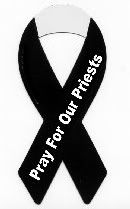

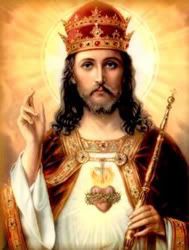
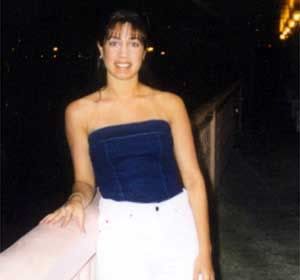

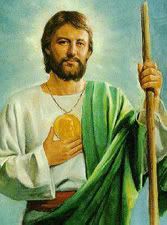
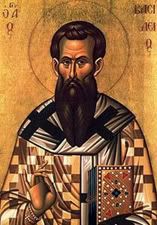


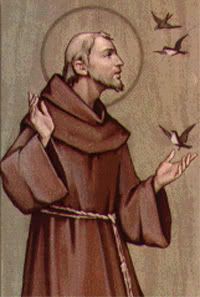


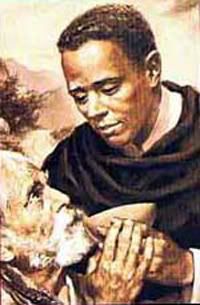
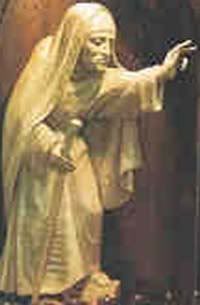
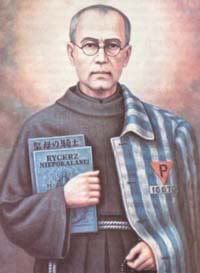
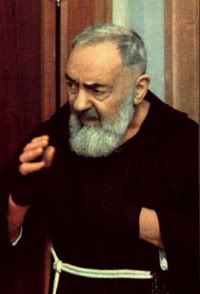

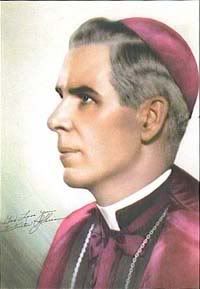
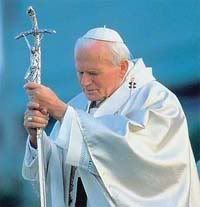
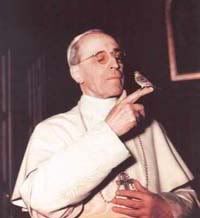
No comments:
Post a Comment